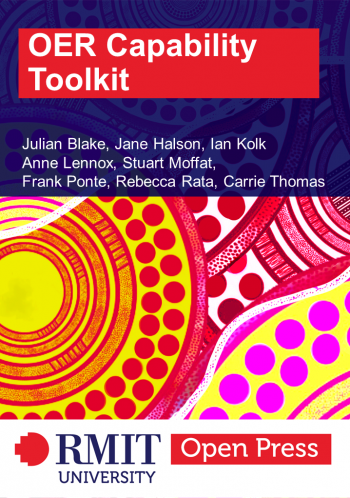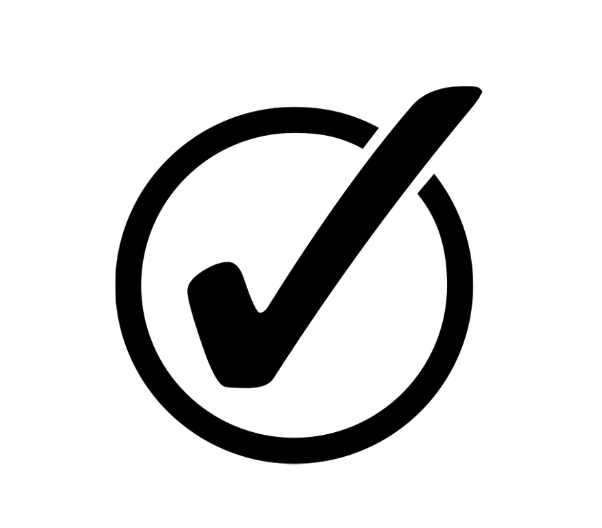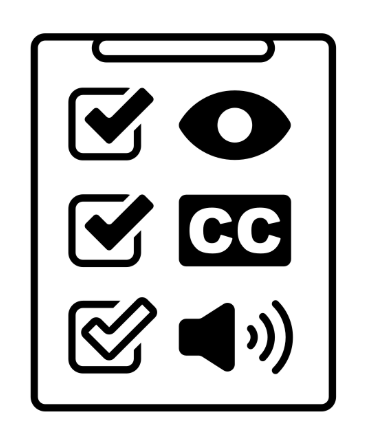
"5 R's of Openness" by David Wiley is licenced under CC BY 4.0
For help locating, using or publishing OERs please contact your Liaison Librarian.
“OERS are teaching, learning, and research resources that reside in the public domain or have been released under an intellectual property license that permits their free use and re-purposing by others. Open educational resources include full courses, course materials, modules, textbooks, streaming videos, tests, software, and any other tools, materials, or techniques used to support access to knowledge.”
Source: The William and Flora Hewlett Foundation
OERs can be legally and freely copied, used, adapted and shared. Wiley refers to this as the 5 R's of openness:
There are many advantages to using OERs. These include:
Hilton, J. (2016). Open educational resources and college textbook choices: A review of research on efficacy and perceptions. Educational Technology Research and Development, 64, 573–590. https://doi.org/10.1007/s11423-016-9434-9
Using an OER
Many OERs are published under a Creative Commons (CC) license. This license lets you know how the material can be used, reused, adapted and shared. You can find more information about CC in the Copyright guide.
The Open Education Licensing (OEL) Toolkit also provides tailored information about copyright and licensing when using OERs.
Some examples of how OER's have been used at Notre Dame:
History - open textbook
A second year history subject required students to purchase an expensive print textbook. With the help of the library, the lecturer located an appropriate OER textbook and combined this with other library resources into their learning management site. Student retention rates improved in this subject and were accompanied by minimal change in learning outcomes. When surveyed at the end of semester, student respondents stated that they perceived the quality of the open textbook to be the same or better than commercial textbooks used in other courses.
Physiotheraphy - labs online
Due to COVID19 social distancing restrictions, lecturers were required to postpone first semester laboratory sessions. A colleague at another Australian University shared lab recordings from the previous semester which were openly licenced. This allowed the lecturer to edit these recordings to create 'mashups' which covered key learning outcomes for unit.
Medicine - wiki creation
Students were asked to find a 'stub' or create a Wikipedia article for their first year population and preventative health assessment. This encouraged students to build their digital dexterity by developing web editing skills. It also developed information literacy skills by ensuring articles were appropriately referenced. Students added to the pre-existing body of knowledge in the area by creating an OER and making authoritative medical information more readily accessible, while also creating work that they can share with future employers.
Publishing an OER
If you are planning to publish teaching materials as an OER you should consult the OER Licensing Checklist.Creative Commons also has a licence wizard that can help you determine the most appropriate license type. Remember OERs can only include openly licensed and public domain materials.

|
|
License type
|
 |
Quality
|
 |
Suitability
|
 |
Credibility
|
 |
Accessibility
|
Multidisciplinary collections
Search tools
DOAJ is a community-curated online directory that indexes and provides access to high quality, open access, peer-reviewed journals.
Australian
International
Journals
Multimedia
Copyright © 2025 The University of Notre Dame Australia | CRICOS Provider Code: 01032F | TEQSA PRV12170 | RTO Code 0064

